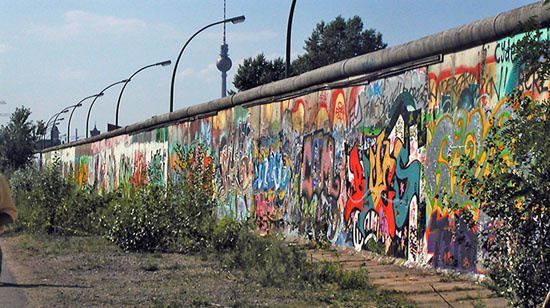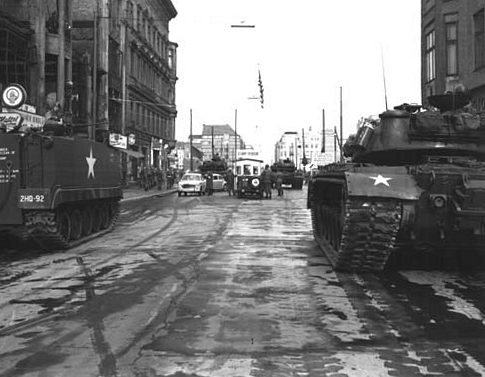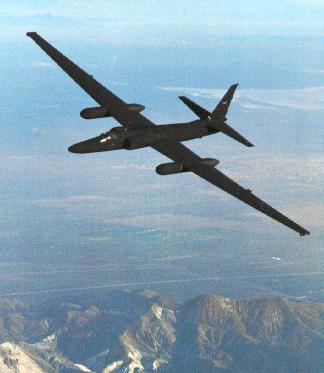
Japan had ruled over Korea from 1910 until 1945. As the end of World War II approached, troops south of the 38th parallel surrendered to the Americans while the troops north of the parallel surrendered to the soviets. As a result of this, two nations developed; one was democratic while the other was communistic.
In 1948, South Korea, Republic of Korea, was occupied by the United States. The government was led by Syngman Rhee. However, simultaneously, the Communists formed the Democratic People's Republic of Korea led by Kim II Sung. Whereas the capital of South Korea was in Seoul, North Korea's was in Pyongyang. After WWII, in June 1949, there were only 500 troops remaining in Southern Korea. Due to this, the Soviets decided to invade South Korea.
The North Korean's ambushed South Korea on June 25, 1950. This led both countries into what is now known as the Korean War. Within days, North Korea had seized a large portion of South Korea. The South Koreans requested the United Nations to end the invasion. UN voted to aid South Korea due to a boycott from the Soviets protesting the presence of Taiwan.
On June 27, Troops stationed in Japan were ordered to support the South Koreans. Also, an American fleet was sent between China and Taiwan. In total, 16 nations sent a total of 520,000 troops. However, over 90% of these troops were from the U.S. After a month of fighting, North Korea forced the UN and South Korean troops to a small defensive zone around Pusen in the southeastern corner of the peninsula.
September 15, 1950 was when the U.S. troops launched a counter attack, which was a surprise amphibious assault. This allowed the beginnings of a U.S. push for communism to disappear form Korea. However, as U.S. troops approached the Yalu River, Communist China’s foreign minister, Zhou En-lai wanted North Korea as a buffer to protect the small communist states that made up Manchuria. Therefore, in late November 1950, 300,000 Chinese troops joined North Korea to push back the U.S. troops. Their numbers were so overwhelming that they drove the U.S. troops back to the middle of Korea. For the duration of the war, two years, it was mostly a standoff with neither side clearly winning
After the controversy of Macarthur died down, Soviet Union suggested a ceasefire on June 23, 1951. The line of separation was decided here and negotiators spent another year negotiating for prisoner releases. July 1953, the Armistice was declared. U.S. totaled a loss of 54,000 lives and they spent $67 billion in expenditures. As the war was viewed as a loss, the Democratic party didn't win the next election.
By: Eric and Johnny


















